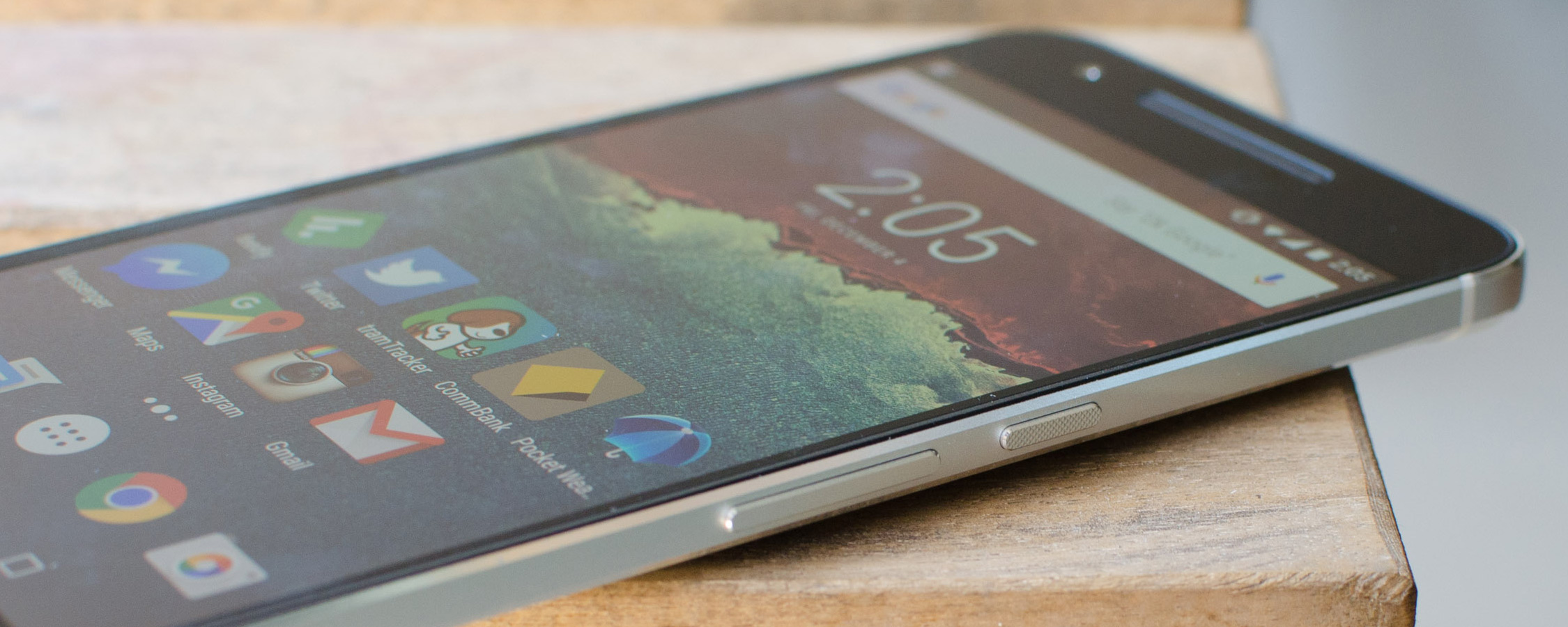GPU and NAND Performance
The Adreno 430 has proven itself to be a powerful GPU when paired with a 1080p display, and it's a similar story when it's forced to render to the Nexus 6P's 1440p display. Of course performance isn't going to be as good in games, but in a handful of popular titles I played on the device, frame rates weren't an issue at all, especially when graphics settings were turned down in some titles that support it.





In our GPU benchmarks you can see that the Nexus 6P is a pretty powerful device in terms of raw performance. It is around 13% slower in GPU benchmarks than the Xperia Z5 due to more aggressive throttling, which drops down to 46% slower when factoring in the jump from a 1080p to 1440p display. However, compared to the Galaxy S6 we're looking at a small performance advantage to the Nexus 6P, with both devices packing 1440p displays.
Across our benchmarks we see the iPhone 6s crush the Nexus 6P in performance, especially in on-screen GPU performance due to a faster graphics core and a lower screen resolution.


NAND performance is just as disappointing as the Nexus 5X, with mandatory encryption crippling read and write speeds in both random and sequential situations. In the charts above you can see the Nexus 6P falling slightly below average, but behind most of today's flagship competitors like the Galaxy S6, Xperia Z5 and One M9.
